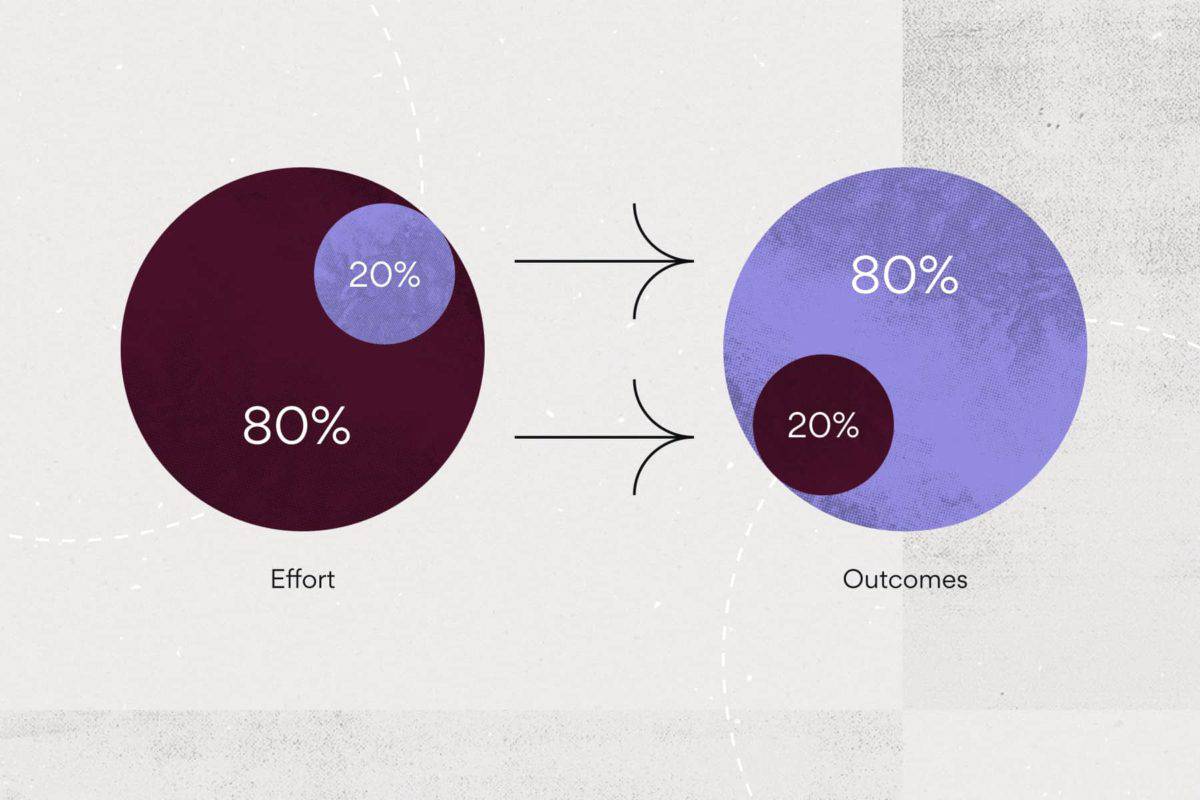Early in my career I was fortunate to work with somebody in her 90s whose primary goal for a movement practice was to be able to get up and down from the toilet unassisted.
It was a clear lesson about the dignity that we’re granted through our ability to move well and how compromising it is to our sense of self when that ability is restricted.
It was also a nice reminder that most of us would do well to keep the 80/20 rule in mind when it comes to better movement. The basic stuff isn’t sexy, but it can be life saving.
Let’s look at it through a 1, 2, 3 process.
1) There’s one fundamental rule of physical change, Specific Adaptation to Imposed Demand. The body only makes sense in context. Depending on the habitual demands that you place upon the body, you’ll develop more or less strength, range of motion, etc. The most ever-present demand is gravity, which brings us to…
2) There are two primary arrangements that we’re exposed to throughout ~96% of every day. One is horizontal when sleeping. The other is vertical when sitting or standing. If 96% of every day is spent in one of these arrangements and you aren’t focused on improving the quality of your organization in these arrangements, you’re missing out on low hanging fruit for improved quality of life. Get better at the things you do most often, and life has a way of getting better.
3) There are three primary exercises I recommend to nearly every client (with varying degrees of modification). They impose demands to which the body makes specific adaptations, and they prioritize improvement of those two primary orientations. First, sitting on the floor – cross legged, squatting, kneeling, whatever. It sounds too simple, I know. However, it’s one of the most reliable drivers of change I’ve seen. Second, lying on the floor in “constructive rest” with knees bent, feet on the floor, and something supporting the back of the head. Again, simple. Just let gravity fix your posture for you. Third, a bit of barefoot time on varied terrain – walking, standing, running on grass, rock, etc.
I know many of y’all want to make it more complicated, but you’ll find that if these are performed consistently, you create conditions in which an incredible change can occur.
Of course, doing what you say you’re going to do is hard…
Until it isn’t.

